Airport innovation does not just appear out of nowhere; it requires investment and support to get off the ground. This means that the services and experiences available at some airports will be ahead of the curve, while less forward-thinking travel hubs will lag behind.
Here are just six airports that have flipped the script and forged ahead with their own ideas, finding solutions to common passenger problems and proving that the future of the industry is incredibly exciting.
Charles de Gaulle International Airport, Paris
Parking at any airport can be a challenge, but the deployment of an automated approach to dealing with passengers who arrive by car at Charles de Gaulle has hit the headlines since it was first trialled in 2017.
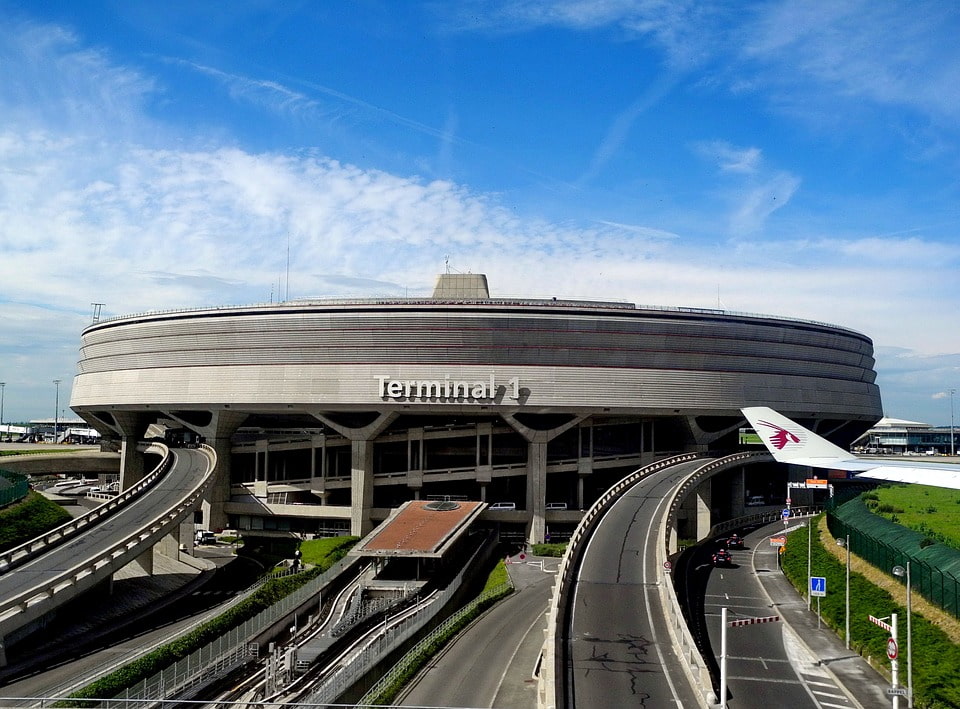
Provided by Stanley Robotics, the system allows vehicles to be dropped off and manoeuvred into position by a powerful, self-controlled automaton. This means that people will not need to go through the stress of looking for a parking space when they arrive before their flight, nor spend hours trying to find where they left their car when they return days or weeks later.
Another of the interesting aspects of this airport innovation, aside from its convenience, is that motorists can keep their keys on their person at all times, rather than having to deposit them prior to departure. This could boost parking security, although may lead to issues if keys are lost while the owner is on their travels.
JFK International Airport, New York City
Technological airport innovation is all well and good, but sometimes a little lateral thinking can lead to simple, effective and affordable solutions being found. This is certainly the case when it comes to JFK, with the completion of the JetBlue terminal in 2015 demonstrating that architectural decisions can have a major impact on customer experience.

The building of a rooftop park as part of the new terminal helped to provide travellers with an outdoor place to relax after they pass through the security checks and wait to board their flight.
This park is not just a good place to spend time when the weather is warm; it also provides people who are travelling with animals with somewhere to take their pets prior to spending several hours in a confined space. This is especially relevant now that service animals are an increasingly common sight on many flights.
Making sure that the emotional wellbeing of passengers is being taken into account is certainly an airport innovation with positive ramifications for everyone involved in and reliant upon the industry.
Helsinki Airport, Finland
Decision makers at Helsinki Airport have repeatedly showcased an eagerness to pursue innovative ideas, as well as actively encouraging the best and the brightest to come up with killer concepts that have never been developed before.
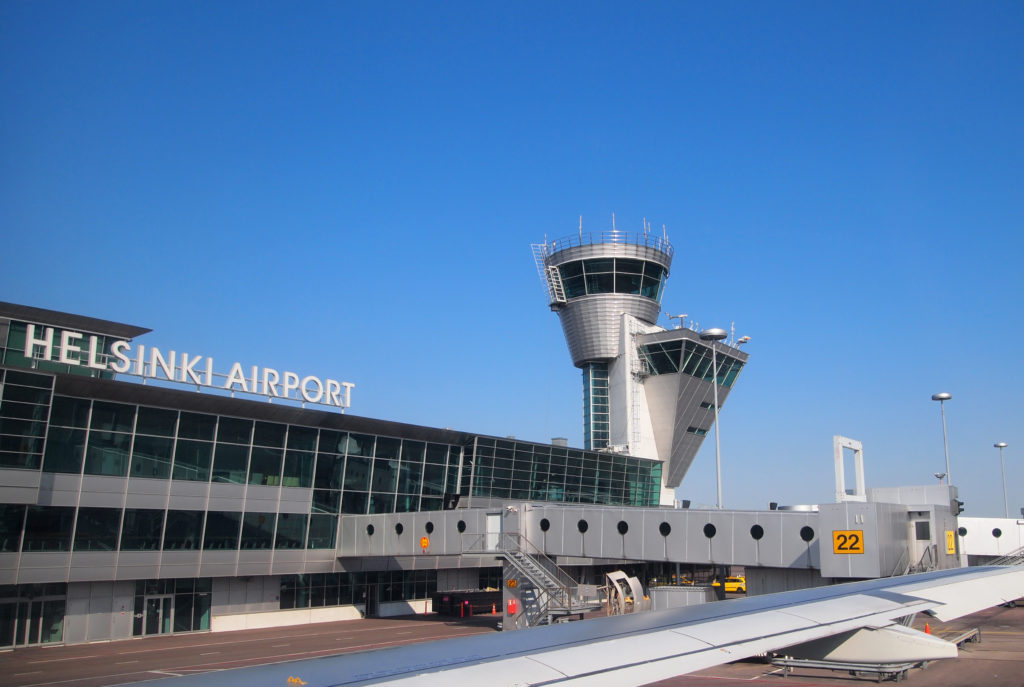
It has previously hosted an event dedicated to fuelling the creation of smart software solutions to common complaints that airports face. This resulted in one team of code wizards coming up with an app which actively reduced the feelings of anxiety which many people get when they have to travel by plane.
Furthermore it has adapted and enhanced its on-site amenities in recent years to include saunas, fitness schemes, art exhibitions and many more ways for people to take their mind off their journey and start enjoying themselves, rather than being vexed by their visit to the airport. Such services are becoming increasingly commonplace in other airports, but it was Helsinki which originated many of these appealing options.
Munich Airport, Germany
Some airports decide to make major changes that permanently alter things like the layout of the terminal building or the kinds of services that are available within it. In Munich, airport innovation takes a very different form, instead focusing on offering more variety and versatility than any of its international counterparts.
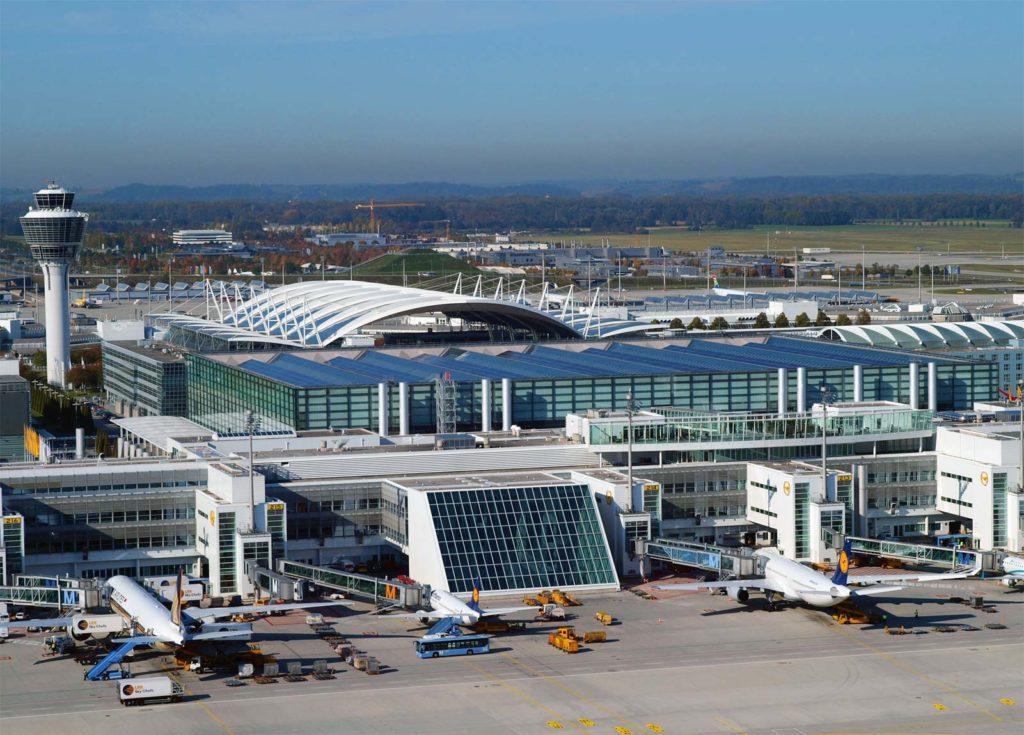
The biggest selling point of the airport is the array of events that it hosts throughout the course of a given year. This includes winter markets, food festivals, skateboarding competitions and much more besides.
This is partly achieved thanks to the flexibility of the airport’s main atrium, which is able to undergo almost any transformation so that it can accommodate the plethora of events that are scheduled. For people who regularly pass through, Munich Airport is a breath of fresh air, while one-time visitors will still be blown away by what is on offer.
Like JFK, the design of Munich has been altered to make the most of outdoor areas. While some airports can keep passengers cloistered indoors, there is an ample plaza here which is often factored into the events that are chosen.
Carrasco International Airport, Uruguay
The environmental impact of air travel is well documented, yet the most innovative modern airports are doing their bit to cut carbon emissions and become more sustainable.
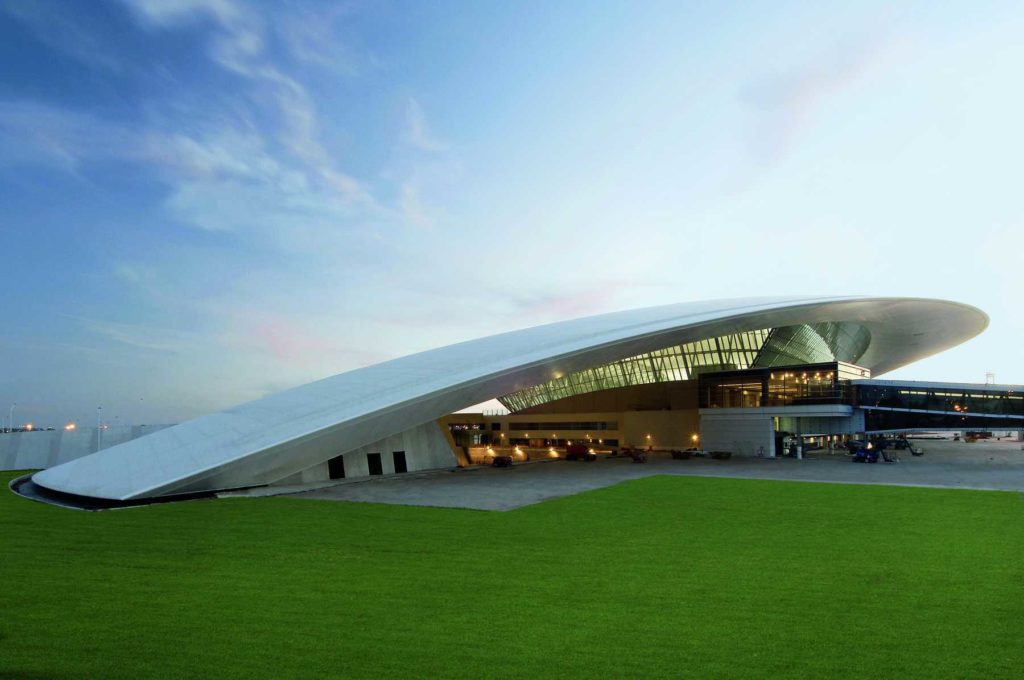
Few airports are as green and efficient as Carrasco, which over the past half decade has successfully adopted a variety of renewable energy solutions to both minimise emissions and cut costs.
Harnessing the sun and the wind to heat and cool the terminal is clearly a step in the right direction. Carrasco takes this one step further by having a number of architectural adaptations that mean that less energy is required to achieve either of these things. Not every airport will have such natural resources at its disposal, but the very fact that Carrasco has brought environmental concerns to the table in the first place is enough to inspire others to look at their own operations more critically.
Further enhancements to the eco-friendly credentials of the airport come in the form of its passenger transport system. This is based on busses which run on electric motors, rather than spewing diesel fumes into the atmosphere as they shuttle people to and from the planes.
Gatwick Airport, UK
Gatwick has regularly demonstrated its fondness for airport innovation, not focusing on a single area but branching out with various schemes to tantalize passengers and impress international counterparts.
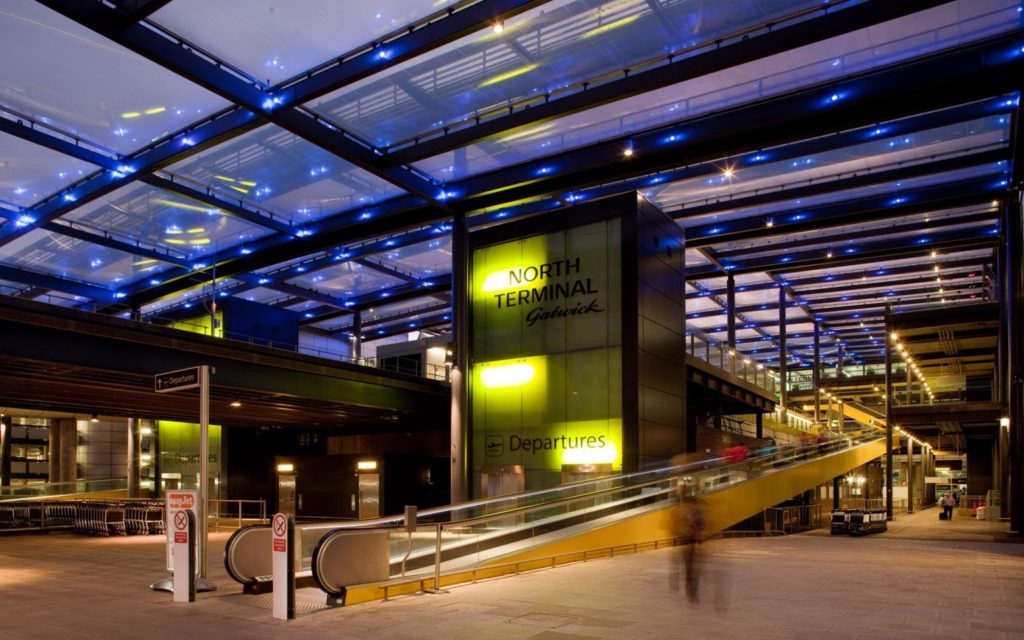
Following in the footsteps of Charles de Gaulle, it has also trialled the use of automated robotic valet tech to streamline parking for passengers. It has broken new ground with a £36 million self-service drop off point for luggage, allowing it to process more people each hour and ease queues as a result.
Security screening is another area in which Gatwick has innovated, with electronic gates and advanced processing procedures helping 95 percent of passengers to pass through in five minutes or less. The use of biometric scanning has been integrated as part of this system, with initial trials proving a success and stimulating the wider rollout with no delay.
